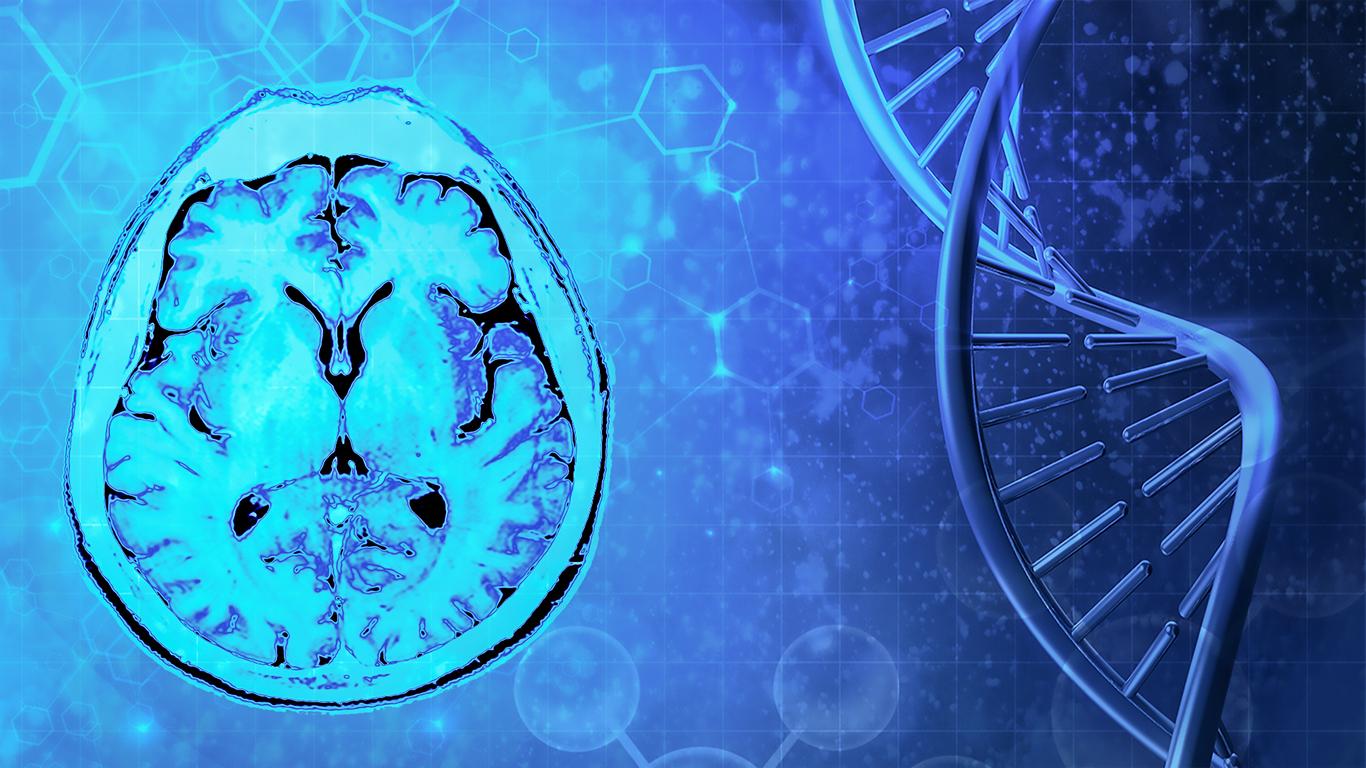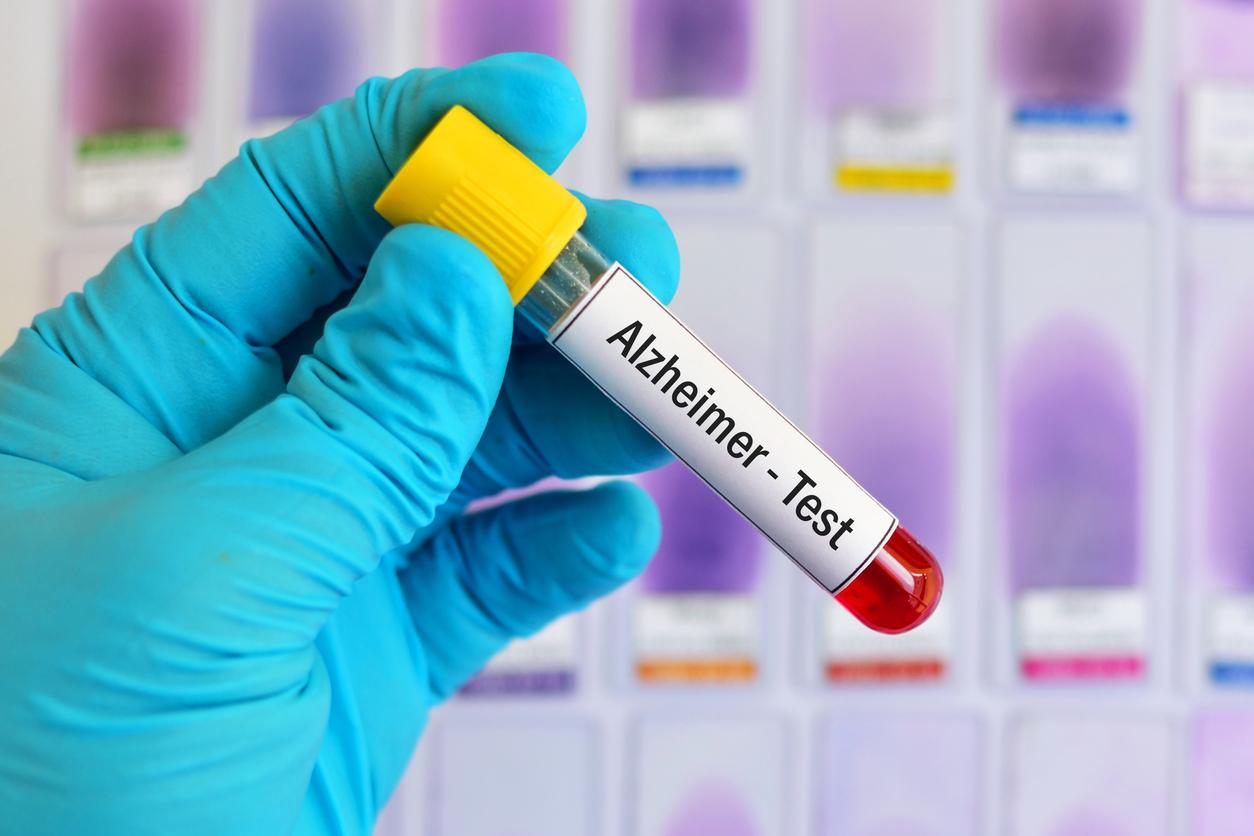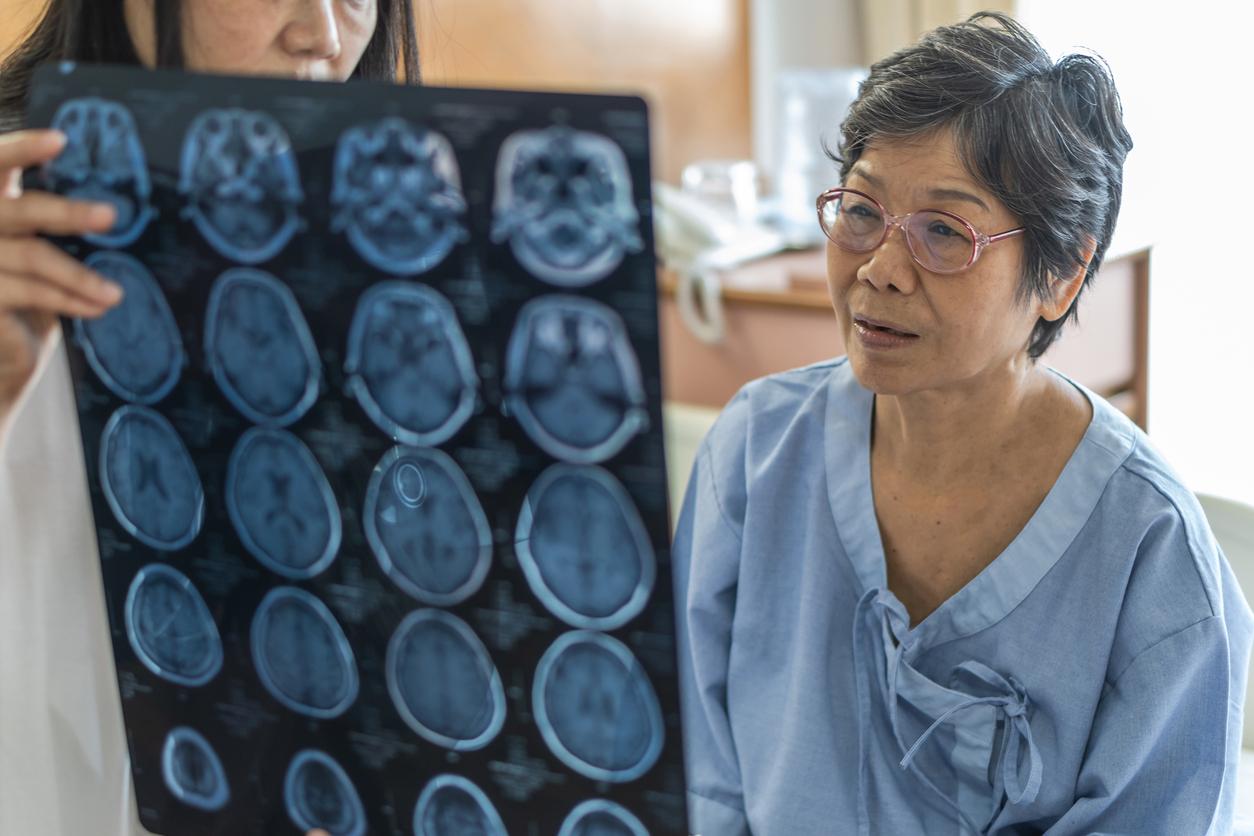Synthetic EPO, a doping substance mostly used in cycling, can have adverse health side effects. However, it could be used as a treatment for certain neurodegenerative diseases, such as Alzheimer’s disease or Parkinson’s disease.

If someone talks to you about the EPO hormone, you may think of sport, and particularly of the doping scandals that have plagued the world of cycling in recent years. Indeed, this hormone promotes the production of red blood cells in the body, which improves the supply of oxygen. EPO also makes it possible to prevent the cell death of nerve cells, a real asset for the treatment of certain neurodegenerative diseases, such as Alzheimer’s disease or Parkinson’s disease.
Naturally, the hormone EPO (for erythropoietin) is produced by the kidneys. The injection of synthetic EPO can have harmful side effects on health: formation of blood clots, stroke or even high blood pressure. Researchers at the University of Göttingen, Germany, have discovered an alternative EPO receptor that could potentially trigger protective effects in humans. And that without any side effects. The results of their work are published in the journal Frontiers in Molecular Neuroscience.
An almost identical EPO hormone receptor between locusts and humans
How to separate the protective effects of EPO from its side effects? To answer the question, the researchers studied animals. And more specifically insects. Thus, they discovered that injecting human EPO into animals does indeed prevent cell death. And this, even though they do not have this hormone naturally, nor the traditionally known receptor. This therefore means that these insects have a different receptor, which allows EPO to trigger its cellular protection mechanism.
This receptor is called CRLF3. It has been identified in 293 different species, including 259 vertebrates, including humans. If it helps protect cells from cell death on locusts or grasshoppers, “the important question now is whether activating CRLF3 also prevents cell death in our brains,” says Nina Hahn, lead author of the study. Other studies should therefore be carried out to find out if the protective function of this receptor is the same in humans.

.

















